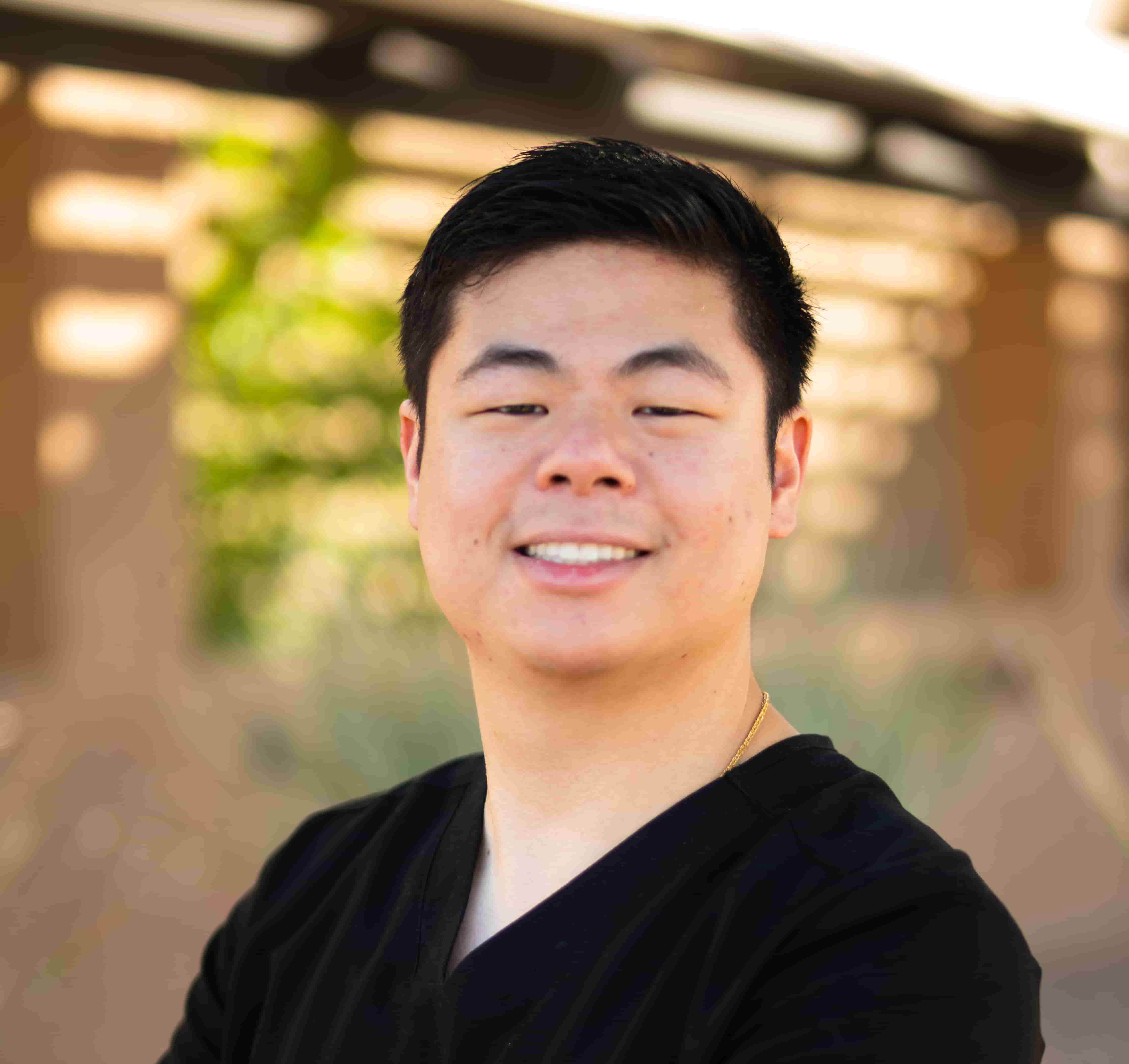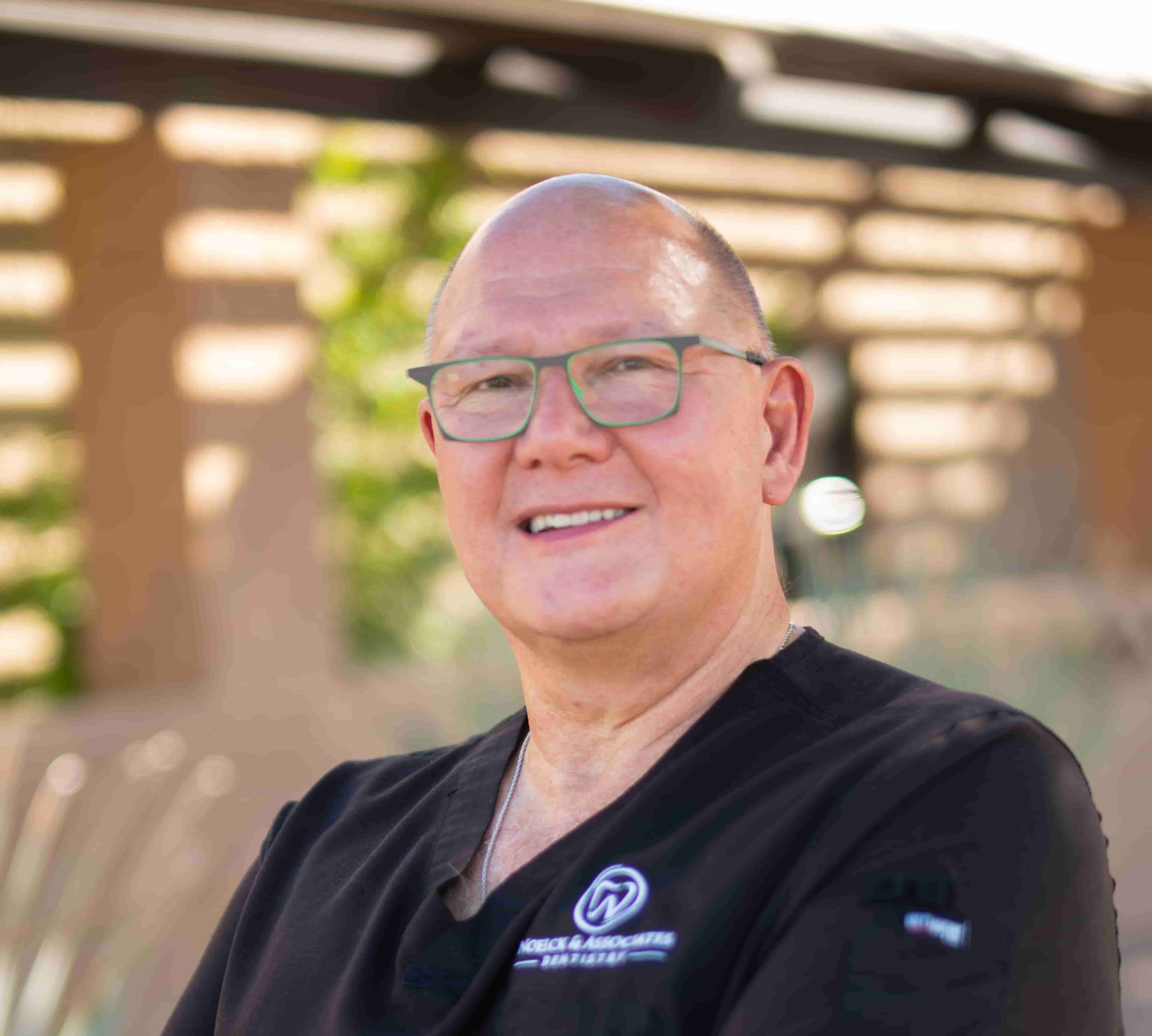Imagine a world where the loss of a tooth doesn’t have to mean the end of your smile. Welcome to the fascinating realm of osseointegration, where dental implants blend seamlessly with your jawbone, creating strong and lasting foundations for restorative dentistry in Litchfield Park, AZ. This innovative process not only restores aesthetics but also revitalizes function and confidence. Curious about how this remarkable journey unfolds? Let’s dive into the intricate steps that lead from implant to integration, exploring what makes osseointegration one of the most effective solutions in modern dentistry.
The Process of Implantation
The process of implantation begins with careful planning. The dentist will conduct a thorough examination, including X-rays and possibly 3D imaging. This helps determine the best location for the implant.
Next comes the surgical phase. Under local anesthesia, a small incision is made in the gum tissue to expose the jawbone. A precise hole is drilled into this bone where the titanium implant will be placed.
Once inserted, the gum tissue is stitched closed over it. This initial surgery sets off a natural healing response that plays a crucial role in osseointegration—the bond between bone and implant.
Patients usually experience minimal discomfort post-surgery, which can often be managed with over-the-counter pain relief. The healing period typically lasts several months as new bone cells grow around the implant, securing it firmly in place for optimal function.
Factors Affecting Osseointegration Success
Several factors influence the success of osseointegration.
- One critical element is the quality of bone where the implant is placed. Healthy, dense bone promotes better integration.
- The patient's overall health plays a significant role too. Conditions like diabetes or osteoporosis can hinder healing and proper fusion between bone and implant material.
- Implant design also matters. The surface texture and shape can affect how well the implant interacts with surrounding tissues. Rougher surfaces often enhance stability by providing greater contact area.
- Additionally, surgical technique impacts outcomes. A skilled practitioner will ensure precise placement to minimize trauma during installation.
- Lifestyle choices shouldn't be overlooked. Smoking and poor nutrition can negatively impact healing, reducing the likelihood of successful osseointegration in restorative dentistry procedures in Litchfield Park, AZ.
Benefits and Advantages of Osseointegration
Osseointegration offers remarkable benefits for patients seeking restorative dentistry in Litchfield Park, AZ. This process creates a solid bond between the implant and jawbone, mimicking natural tooth roots.
With this secure foundation, dental implants provide exceptional stability. Patients can enjoy their favorite foods without worry or discomfort.
Moreover, osseointegration helps maintain bone density. When teeth are lost, the jawbone can deteriorate over time. Implants stimulate bone growth and prevent further loss.
Another advantage is longevity. Dental implants have a high success rate and can last many years with proper care.
Additionally, they require minimal maintenance compared to dentures or bridges. Regular oral hygiene practices suffice to keep them in excellent condition.
Patients often experience enhanced confidence as well due to improved aesthetics and functionality of their smiles. The shift from discomfort to comfort can be life-changing. Contact us to learn more.
Post-Operative Care
Post-operative care is crucial for the success of osseointegration. After your dental implant procedure, proper attention to healing can greatly influence the outcome.
Rest and relaxation are essential right after surgery. Avoid strenuous activities that could disrupt the initial healing process. Listen to your body; take it easy during recovery.
Pain management typically involves prescribed or over-the-counter medications. Following your dentist's instructions will help minimize discomfort and prevent complications.
Oral hygiene also plays a vital role in recovery. Gently brushing around the implant site while avoiding vigorous rinsing keeps bacteria at bay without disrupting healing tissues.
Regular follow-up appointments allow your dental professional to monitor progress closely. These visits ensure everything is on track for successful integration of the implant with surrounding bone tissue.
Maintaining a balanced diet supports overall health and aids in faster recovery. Nutrient-rich foods contribute positively to tissue repair, ensuring you get back to enjoying life sooner rather than later.
Long-Term Results and Follow-Up Care
Long-term results of osseointegration can be truly remarkable. Once the implant has successfully integrated with the bone, patients often enjoy enhanced functionality and aesthetics. Many experience improved chewing ability and more confidence in their smiles.
Regular follow-up care is essential to maintain these benefits. Your dentist will monitor the health of both the implant and surrounding tissues during these visits. They may take X-rays to ensure that everything is progressing as expected.
Oral hygiene plays a critical role in longevity too. Proper brushing, flossing, and routine cleanings help prevent infections that could jeopardize your investment in restorative dentistry.
Lifestyle choices also impact long-term success; avoiding tobacco use and excessive alcohol consumption supports better healing outcomes.
Staying informed about any changes or discomfort throughout this journey ensures timely intervention if necessary, promoting sustained success for years to come.
Latest Advancements in Osseointegration Technology
Recent advancements in osseointegration technology are transforming the field of restorative dentistry. Innovative materials, such as titanium alloys and bioactive ceramics, are being utilized to enhance implant stability and integration.
Researchers are also exploring surface modifications to promote faster bone growth around implants. Techniques like nanostructuring and coating with osteoconductive substances show great promise for improving patient outcomes.
3D printing technology is making waves by allowing custom implants tailored specifically to an individual’s anatomy. This personalization not only boosts comfort but can significantly improve success rates.
Moreover, digital imaging techniques aid in precise planning and placement of implants. Enhanced accuracy minimizes complications during procedures and optimizes healing times.
Ongoing studies into stem cell applications could revolutionize osseointegration further. The potential for regenerating lost bone tissue opens new avenues for patients seeking solutions in restorative dentistry right here in Litchfield Park, AZ.
Applications Beyond Dental Implants
Osseointegration is making waves beyond just dental implants. Its influence spans various medical fields, revolutionizing how we approach treatments.
- Orthopedic applications are one significant area. Surgeons use osseointegrated prosthetics for joint replacements. These devices bond with bone, enhancing stability and function in patients recovering from injuries or surgeries.
- In the realm of maxillofacial surgery, osseointegration plays a vital role too. It aids in attaching facial prosthetics securely to the bone structure, improving both aesthetics and quality of life for individuals who have experienced trauma or congenital conditions.
- Even in veterinary medicine, this technology finds its place. Bone-anchored implants help restore mobility and comfort to pets needing limb support after accidents.
- The versatility of osseointegration continues to expand as research progresses, paving the way for innovative solutions across multiple disciplines that enhance patient outcomes significantly.
Conclusion
Osseointegration represents a remarkable advancement in restorative dentistry, especially for those seeking solutions in Litchfield Park, AZ. This process transforms the way dental implants are understood and utilized. The journey from the initial implantation to full integration into bone structure is filled with intricate steps that can significantly affect overall outcomes.
Understanding factors like bone quality, implant design, and patient health helps ensure success. The benefits of osseointegration go beyond mere aesthetics; they provide long-lasting stability and functionality that enhance patients' lives.
Post-operative care plays a crucial role as well—proper maintenance leads to impressive long-term results. Regular follow-up appointments allow for monitoring and adjustments when necessary.
The field continues to evolve with cutting-edge advancements that promise even greater reliability and effectiveness. As osseointegration finds applications beyond traditional dental uses, its impact on restorative practices becomes increasingly profound.
Whether you're considering an implant or exploring options in restorative dentistry in Litchfield Park, understanding this journey is essential for informed decision-making about your oral health.
Please visit our dental practice at 551 E Plaza Cir, Litchfield Park, AZ 85340. To schedule a consultation with our dentists, call us at (623) 935-1155 or book your appointment online.
